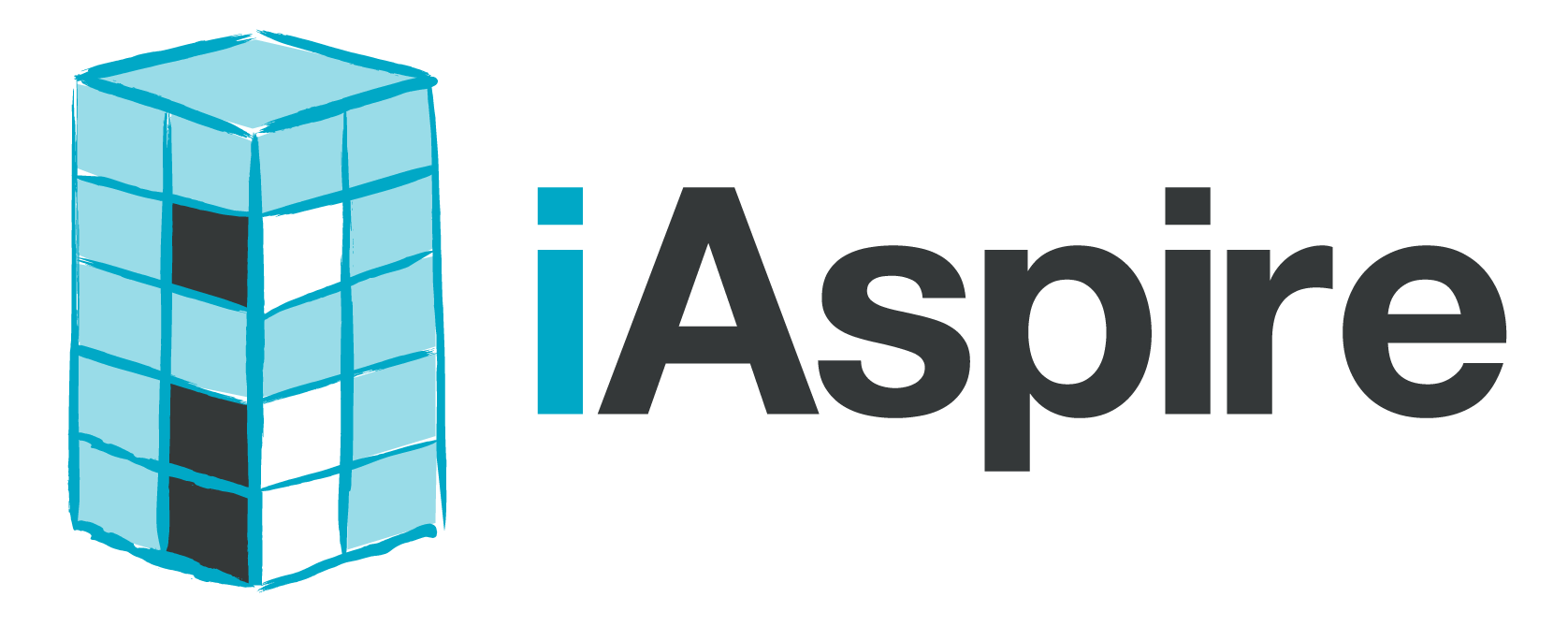Purpose and Types of Teacher Evaluations
Teacher evaluations seem like a simple and straight forward concept, but it’s important sometimes to step back and take an informal audit of your own beliefs and practices. This school year, keep in mind the following while you are working to evaluate teachers and support their growth and development:
PURPOSES
According to ASCD, there are two main purposes for teacher evaluations:
Measuring teacher effectiveness - This is the more traditional thought process when evaluating teachers. Teachers instruct, and observers (typically principals) evaluate the performance according to a scale or rating system.
Developing teacher effectiveness - Those whose evaluate for the purpose of teacher development identify areas of celebration as well as areas for growth. These growth opportunities are developed through professional development opportunities, coaching, collaborating with others, and self reflection.
While many teacher evaluation systems start with the intent of developing teachers, oftentimes policy makers end up creating compulsory evaluation requirements that are measurement focused. This has unintentionally resulted in a teacher evaluation environment that does not work.
TYPES OF TEACHER EVALUATIONS
Like any assessment, there are two main categories of evaluations:
Formative teacher evaluations
According to the Berkeley Center for Teaching and Learning, “Formative Evaluations are evaluations FOR learning.” The intention here is to help the teacher grow, so formative teacher evaluations could include:
Classroom Walkthroughs - 5 - 15 minute classroom visit designed to allow observers to measure something specific in the classroom.
Formal Observation - 10+ minute classroom visit that can be evaluative or non-evaluative based on the organization’s defined process. These can be announced or unannounced.
Formal Observation - 10+ minute classroom visit that typically includes a pre- and/or post-observation conference. These are typically announced but can be unannounced.
Instructional Rounds/Peer Observations - “The primary purpose is for observing teachers to compare their own instructional practices with those of the teachers they observe.” Teachers are the observers during instructional rounds.
Self Reflections - Teachers reflect on their own performance. Typically a rubric or other source is used as a guide or benchmark to be used for scoring, goals, etc.
TIP: Ongoing student data review - Educators can learn a lot about their performance when spending time to review student data and learn what is working well for students and what is not.
Coaching cycles - Instructional coaching guru Jim Knight defines a coaching cycle (or Impact Cycle) as having three steps:
Identify
Learn
Improve
Summative teacher evaluations
Using Berkley’s definition format, Summative Evaluations are evaluations OF learning, or in this case, evaluations of educator performance during a period of time. Since evaluations are similar to a final grade, summative evaluations could include:
Rubric rating - a rubric is a scoring guide that is used to evaluate the quality of performance across several different rating categories. Rubrics are helpful as they list examples of specific criteria that fit within a certain rating. A rating system of 1-4 is popular, but other ratings are possible too.
Multiple Measures (student achievement/value-added data) - Many organizations require additional data to be included in a final teacher evaluation rating. A final rating is then based on a weighted average, with each type of measurement representing a certain percentage of the final rating. Multiple measures could include:
student achievement scores as measured by a common assessment;
student growth scores;
student surveys;
parent surveys
A simple question to ponder: What is your primary reason for evaluating your teachers - measuring or developing teacher effectiveness?
Now the harder question: Do your practices support your primary reason, or is there a disconnect? How do you know?
